Factors affecting the service life of lithium batteries include charge/discharge mode, charge/discharge cut-off voltage, charge/discharge multiplier, operating temperature, and shelving conditions. Generally, after a long period of shelving, the performance of lithium batteries will decline, generally showing an increase in internal resistance, voltage reduction, and discharge capacity decline, and other phenomena.

What are the effects of long battery storage on lithium batteries?
Under the condition that the lithium battery is not used, self-discharge, passivation of positive and negative electrode materials, decomposition of electrolyte will occur due to the nature of the battery itself. The unstable performance of negative electrode SEI will lead to the rapid decline of negative electrode active material and easily produce lithium metal precipitation, while different electrolyte components have different degrees of influence on the decline of the electrode material. Therefore, lithium batteries need to have good long-term storage performance.
The lithium-ion battery is a complex electrochemical system, the internal equilibrium state gradually changes after a long period of shelving, and when accumulated to a certain extent, the lithium battery often changes the following aspects.
1. Physical properties
According to the actual proof of time storage of lithium batteries, the physical characteristics (appearance, size, weight, etc.) will undergo certain changes, especially the appearance of the characteristics. In the storage environment of the temperature and humidity is not good occasions, this trend of change is more obvious.
In the case of higher humidity, the increase in weight of a lithium battery after a long time is significantly higher than that of a battery placed in a lower humidity situation. For example, the steel case portion of the battery is prone to rust in higher humidity, resulting in a slight increase in mass. Rust will not affect the internal state of the battery, but will directly affect the shipment of the product and may negatively affect the electronic components that accompany it.
2. Electrochemical characteristics
●Capacity
Long-term shelving of lithium-ion battery capacity changes are mainly reflected in two points: first, the reduction of the battery's retention capacity, mainly caused by self-discharge; second, the increase of irreversible capacity, mainly depending on the irreversible consumption reaction between the internal chemical system of the battery. Self-discharge is inevitable in all Li-ion batteries.
● Internal resistance
For long-term storage of lithium batteries, the resistance tends to increase with the increase of storage time. Exceeding a certain resistance will cause the internal battery to exceed the benchmark and thus scrap or degrade, thus the change in resistance during long-term storage of the battery needs to be paid attention to.
●Discharge characteristics
After long-term storage, the discharge characteristics of lithium-ion batteries show a decreasing trend. Long-term storage of the battery's low-temperature performance is significantly reduced.
How to store lithium batteries for long term storage?
① Li-ion battery life by the working temperature and environmental humidity hazards, high temperature and wet temperature will accelerate the life of the lithium battery rechargeable batteries, it is proposed to store the rechargeable battery in a dry and natural environment from 0 ℃ to 20 ℃.
② Lithium battery should be charged with 50% to 80% of the power for a long time without use, and removed from the instrument and stored in a dry and cool environment, and every 3 months to charge the battery, so as not to store for too long, the battery due to self-discharge resulting in low power, resulting in irreversible capacity loss.
③If the lithium battery emits odor, heat, discoloration, deformation or any abnormality occurs during use, storage or charging, immediately remove the battery from the device or charger and discontinue use.

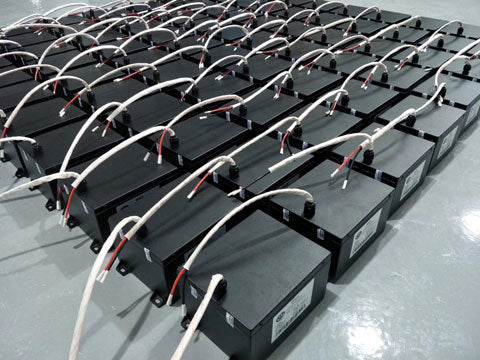
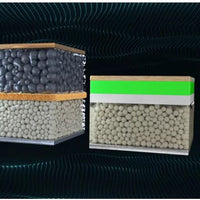
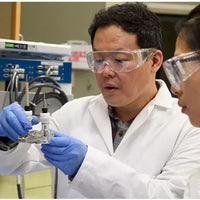
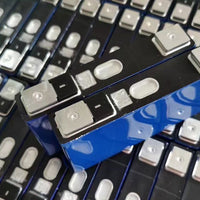
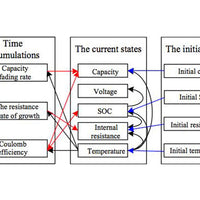
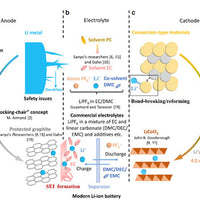

0 comments